Goldsaddle Goatfish - Parupeneus cyclostomus
The Goldsaddle Goatfish or yellowsaddle goatfish, (Parupeneus cyclostomus), are Perifomes fish of the family Mullidae. The family is also sometimes referred to as the red mullets, which also refers more narrowly to the genus Mullus. triglia tropicale mar rosso Parupeneus cyclostomus intotheblue.it
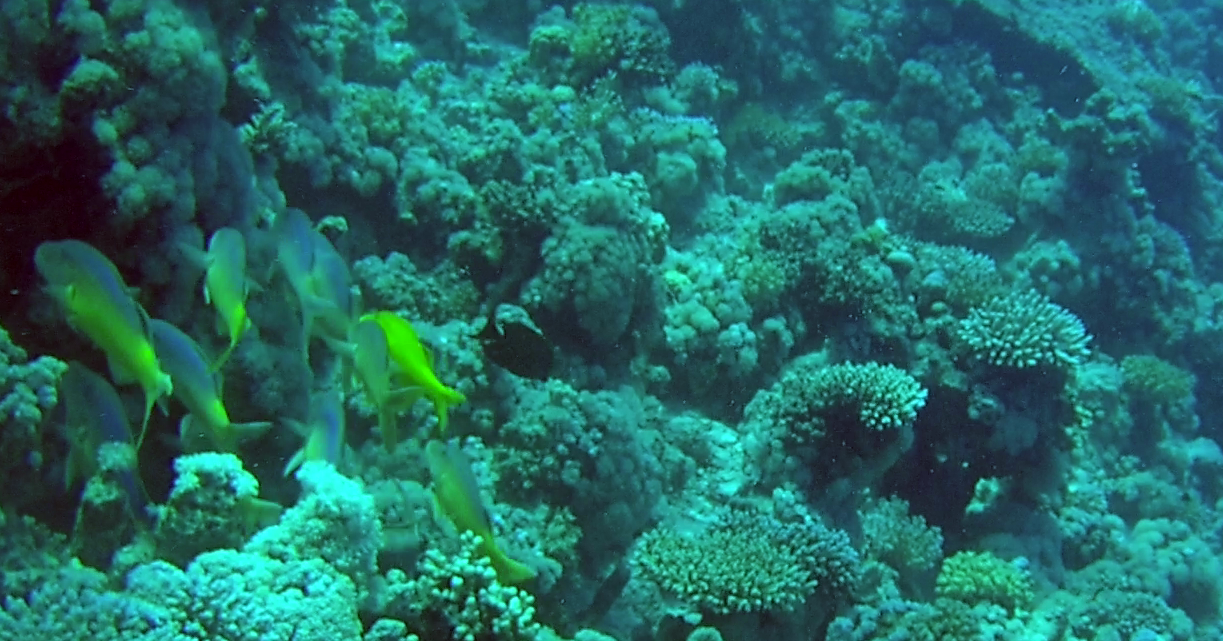
Goatfishes are characterized by a pair of chin barbels which contain chemosensory organs and are used to probe the sand or holes in the reef for food. Their bodies are deep and elongated, with forked tails and widely separated dorsal fins. The first dorsal fin has 6-8 spines; the second dorsal has one spine and 8-9 soft rays, shorter than anal fin. Spines in anal fin 1 or 2, with 5-8 soft rays. They have 24 vertebrae.
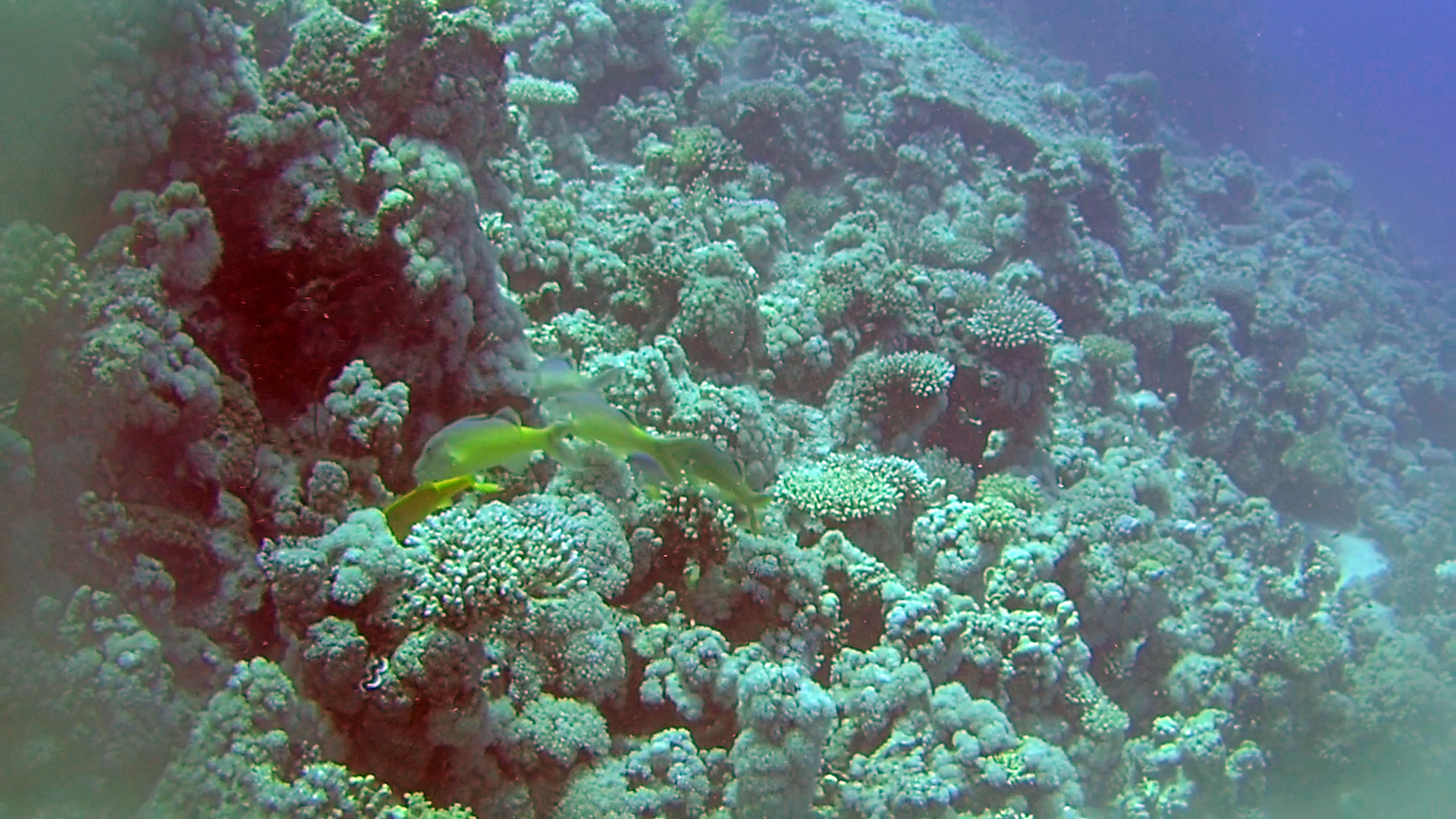
Many goatfishes are brightly colored. The largest species, the dash-and-dot goatfish, Parapeneus barberinus, grows to 60 cm in length; most species are less than half this size. Within the family are six genera and about eighty-six species. Goatfishes have the ability to rapidly change color, and many species adopt a pale coloration when resting on the sand to blend with the background and become less visible to predators. These changes in color are reversible phenotypic changes and happen within seconds many times during the lifespan of an individual.
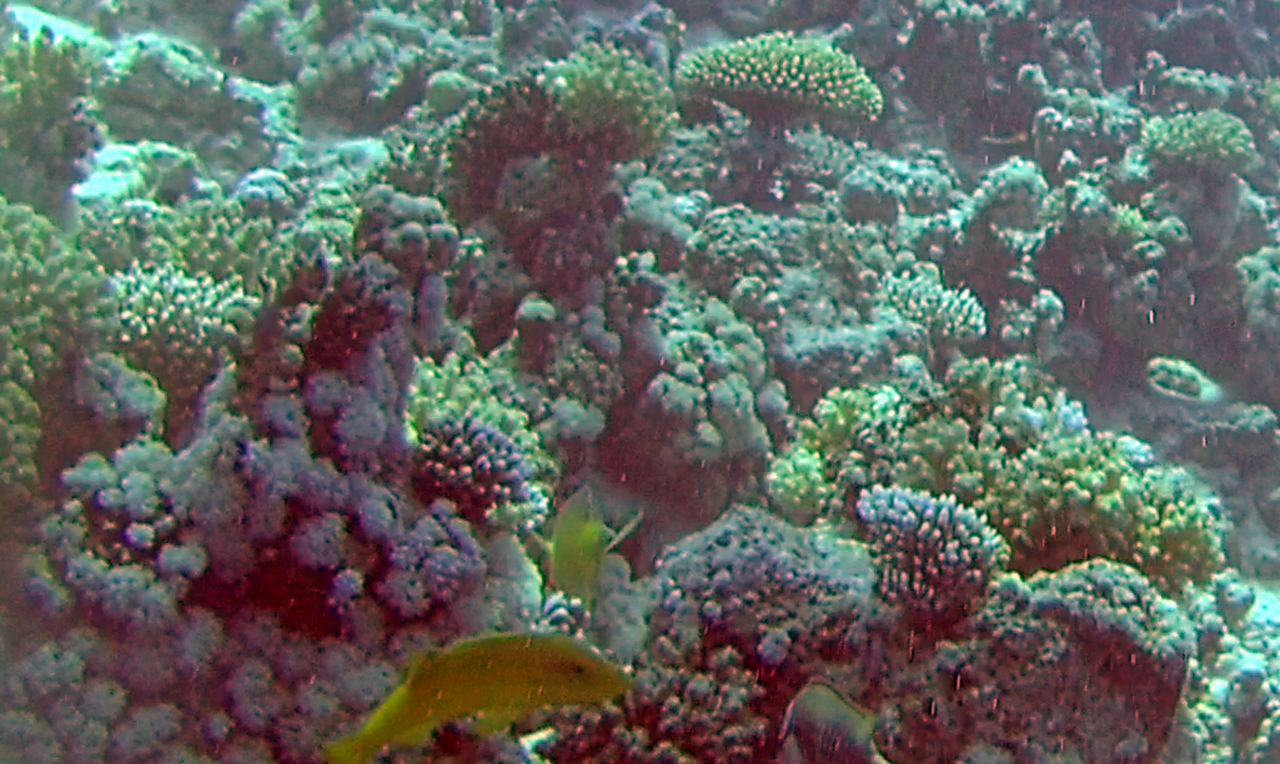
The family name and the English common name “mullet” derived from Latin mullus, the red mullet; but other than the red mullet and the striped red mullet or surmullet, the English word mullet generally refers to a different family of fish, the Mugilidae or grey mullets. Goatfishes are distributed worldwide in tropical, subtropical and temperate waters. Goatfishes occur in a range of habitats.
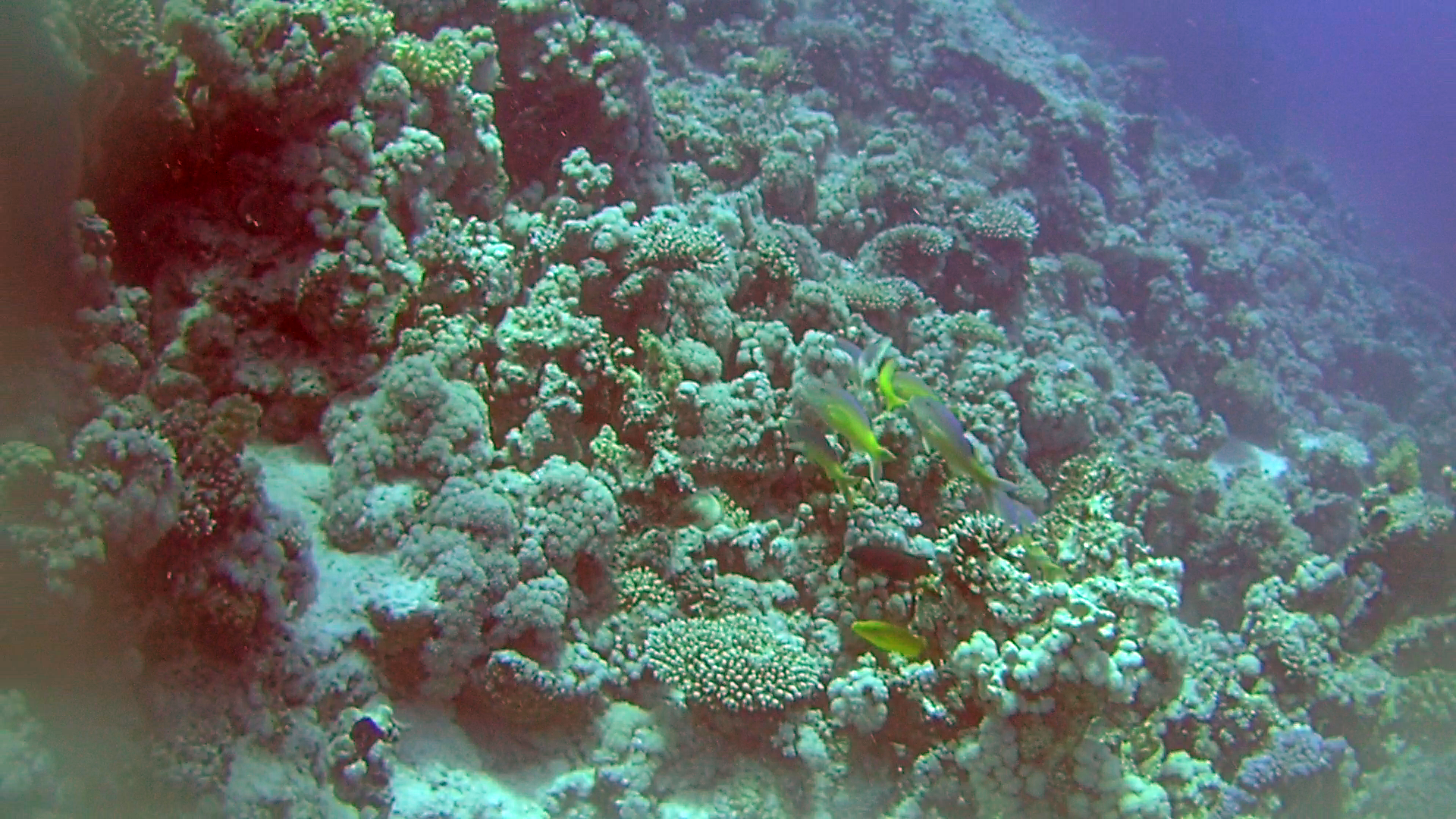
Most species are associated with the bottom of the littoral, but some species of Upeneus can be deep; for example the goatfish Upeneus davidaromi can be found to depths of 500 m. Tropical goatfishes live in association with coral reefs. Some species, such as the freckled goatfish, Upeneus tragula, enter estuaries and rivers, although not to any great extent.
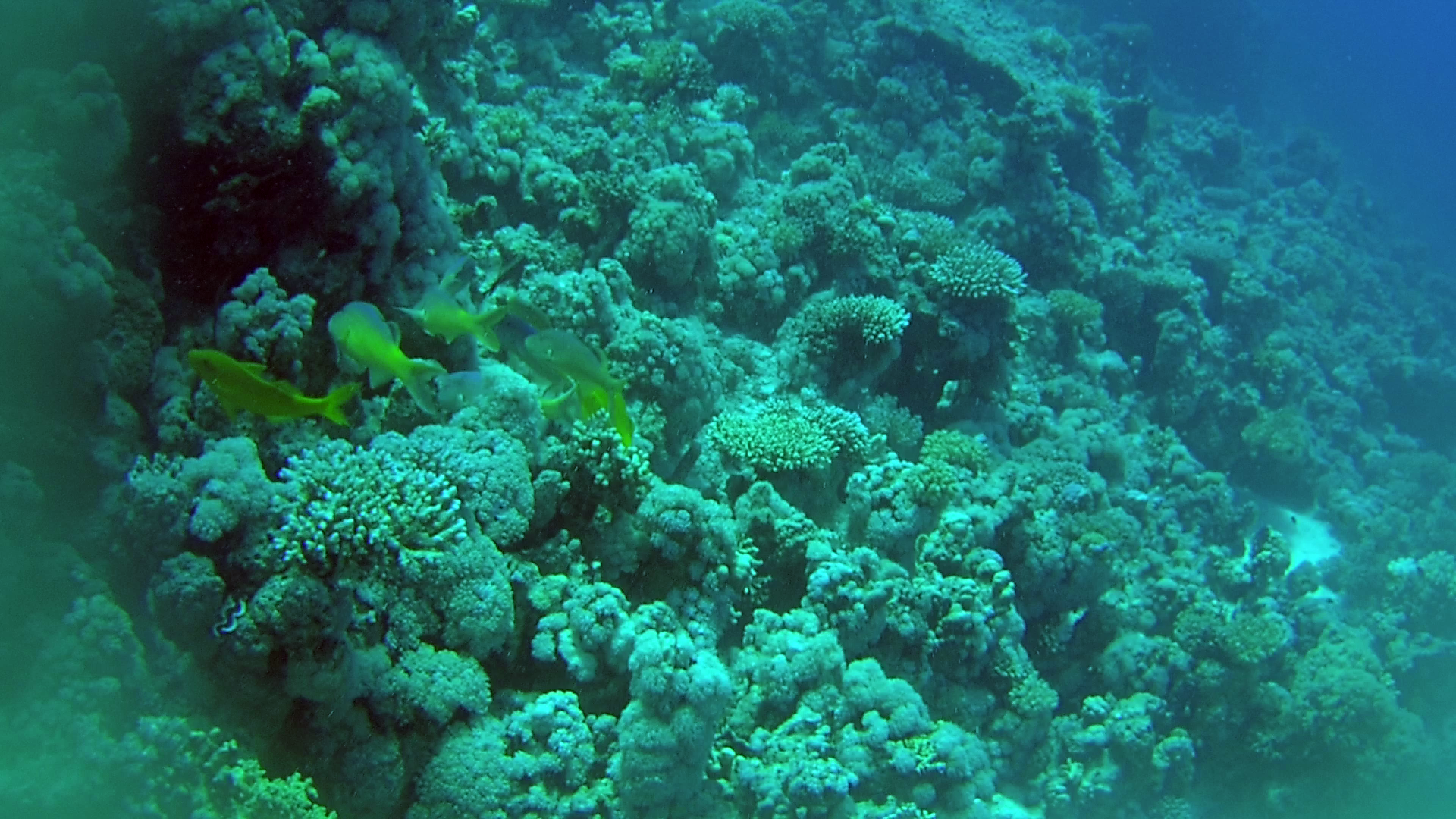
Goatfishes are tireless benthic feeders, using a pair of long chemosensory barbles (“whiskers”) protruding from their chins to rifle through the sediments in search of prey. They feed on worms, crustacean, mollusc and other small invertebrate. Other fish shadow the active goatfish, waiting patiently for any overlooked prey. Goatfishes have the ability to rapidly change color, and many species adopt a pale coloration when resting on the sand to blend with the background and become less visible to predators. These changes in color are reversible phenotypic changes and happen within seconds many times during the lifespan of an individual.
(extract from Wikipedia)
Distribution and habitat
It originates from the Indian Ocean, the Red Sea and the Pacific Ocean, in particular from Hawaii, Ryukyu Islands, Equatorial Sporades, South Africa, Tuamotu, Marquesas Islands and New Caledonia. It prefers coral reefs and areas with rocky bottoms.
Description
It has a slightly flattened body on the abdomen. It reaches 50 cm for 2.3 kg of weight. The coloring is extremely variable; some specimens are green and blue, others entirely yellow, others still red. The caudal fin is forked and like the other fins it is not particularly large. The barbels are white or pale yellow; near the eye there are often thin streaks that tend to pale blue or grayish.
Biology
Behavior
The adult specimens are solitary, while the juvenile specimens usually form groups composed also of many specimens.
Supply
It feeds on both aquatic invertebrates and smaller bone fish. Its preys are mainly crustaceans such as prawns, lobsters, amphipods, stomatopods (Odontodactylus) crabs (Thalamita, Galatheidae, Galathea), gastropod and cephalopod molluscs. It also preys on fish such as labridae and species of other families, including Cirrhitops fasciatus, Plagiotremus goslinei, Gnatholepis anjerensis, Blenniella gibbifrons, Plectroglyphidodon imparipennis, Eviota and Diplogrammus goramensis.
